Understanding Sulfur Smells in Kids' Electric Scooters During Charging
Electric scooters have become increasingly popular among kids for their convenience and fun, but as with any electronic device, parents may have concerns regarding safety and maintenance. One common concern that arises during the charging process is the presence of a sulfur-like smell. This odor can be alarming, especially for those unfamiliar with the inner workings of electric scooters. In this article, we'll explore why a kids' electric scooter may smell of sulfur while charging and what steps parents should take if they notice this odor.
The Chemistry Behind the Smell
The sulfur smell often associated with charging electric scooters can be attributed to the battery, typically a lithium-ion or lead-acid battery. When these batteries are charging, they undergo a series of chemical reactions. In lead-acid batteries, for instance, the electrolyte (a mixture of sulfuric acid and water) can emit a sulfur smell if the battery is overcharged or if there is a malfunction. Even in lithium-ion batteries, a similar reaction can occur due to breakdown or failure of the battery cells, releasing compounds that might have a sulfurous odor.
Reasons for the Sulfur Smell
1. Overcharging If the scooter is left plugged in for too long, it might lead to overcharging. This can cause the electrolyte in a lead-acid battery to evaporate or produce gases, resulting in that familiar rotten egg smell associated with sulfur.
2. Battery Damage A damaged battery can also produce unpleasant odors. If the battery casing is compromised, it can expose the internal components to air, leading to a chemical reaction that may release sulfur compounds.
3. Heat Generation Charging generates heat. If the scooter is charging in an environment that traps heat or if the charger is not functioning properly (leading to excessive heat build-up), it can exacerbate the chemical reactions within the battery, increasing the likelihood of a sulfur odor.
4. Poor Ventilation An enclosed space can also lead to the concentration of fumes. Make sure the scooter is charged in a well-ventilated area to minimize smell and potential health risks.
can a kids electric scooter smell of sulfur when charging
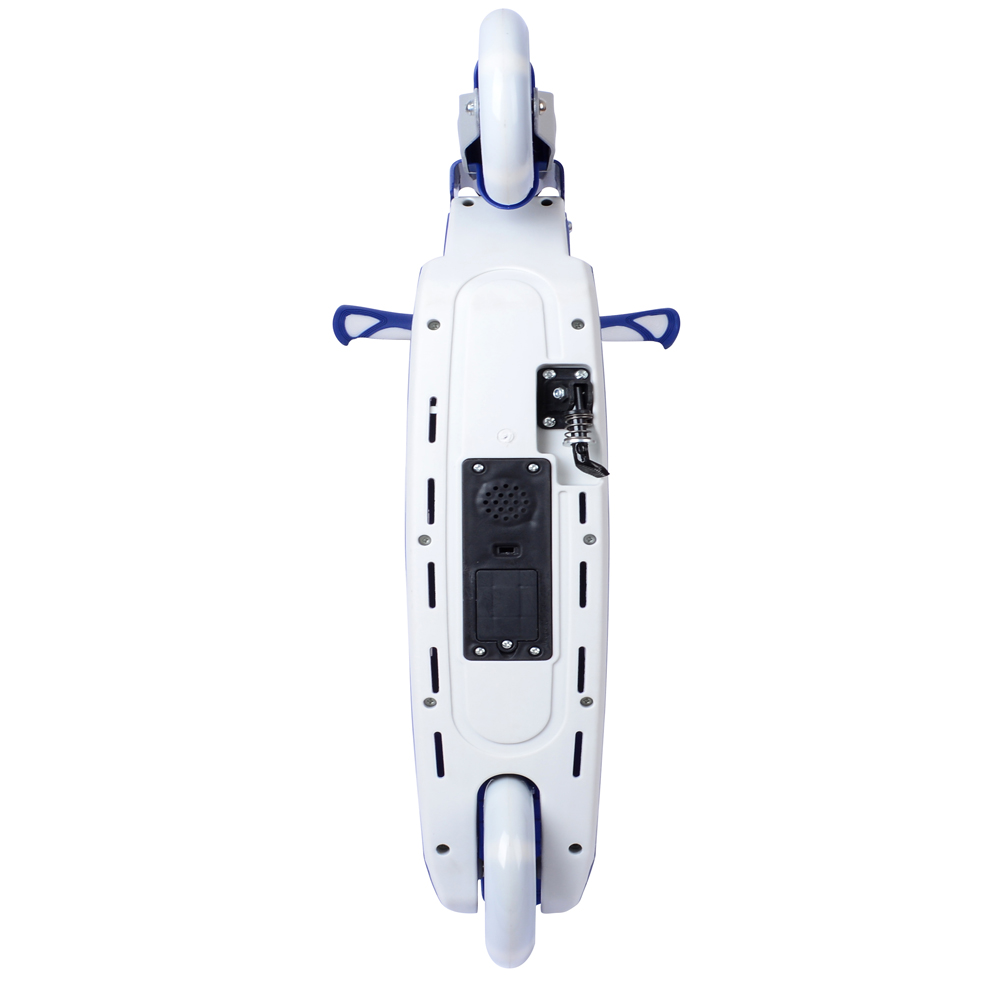
Safety Precautions
If you notice a sulfur smell while your child’s electric scooter is charging, it’s crucial to take immediate action
- Unplug the Charger First and foremost, disconnect the charger from the scooter and remove it from the power source to prevent any further reactions.
- Inspect the Battery Look for any signs of damage, such as swelling, leaks, or corrosion. If you see any abnormalities, do not attempt to charge the scooter again until it has been inspected or replaced by a professional.
- Ventilation Ensure that the scooter is charging in a well-ventilated area. If necessary, move it outdoors or to a space where air can circulate freely.
- Contact Customer Support If the odor persists, or if there is visible damage to the battery, contact the manufacturer or a qualified technician for advice and service. Avoid using the scooter until it has been checked.
Conclusion
While a sulfur smell from a kids' electric scooter during charging can understandably raise alarm bells, knowing the potential causes can help parents respond appropriately. Many times, it might be a simple issue like overcharging or a need for better ventilation. However, safety should always come first. Therefore, always check the condition of the battery and take necessary precautions to ensure your child’s scooter is safe to use.
Educating both children and parents about the appropriate use of electric scooters, including proper charging practices and safety measures, can also help reduce the risk of encountering such issues in the future. With the right care and vigilance, electric scooters can continue to be a safe and enjoyable mode of transportation for kids.
-

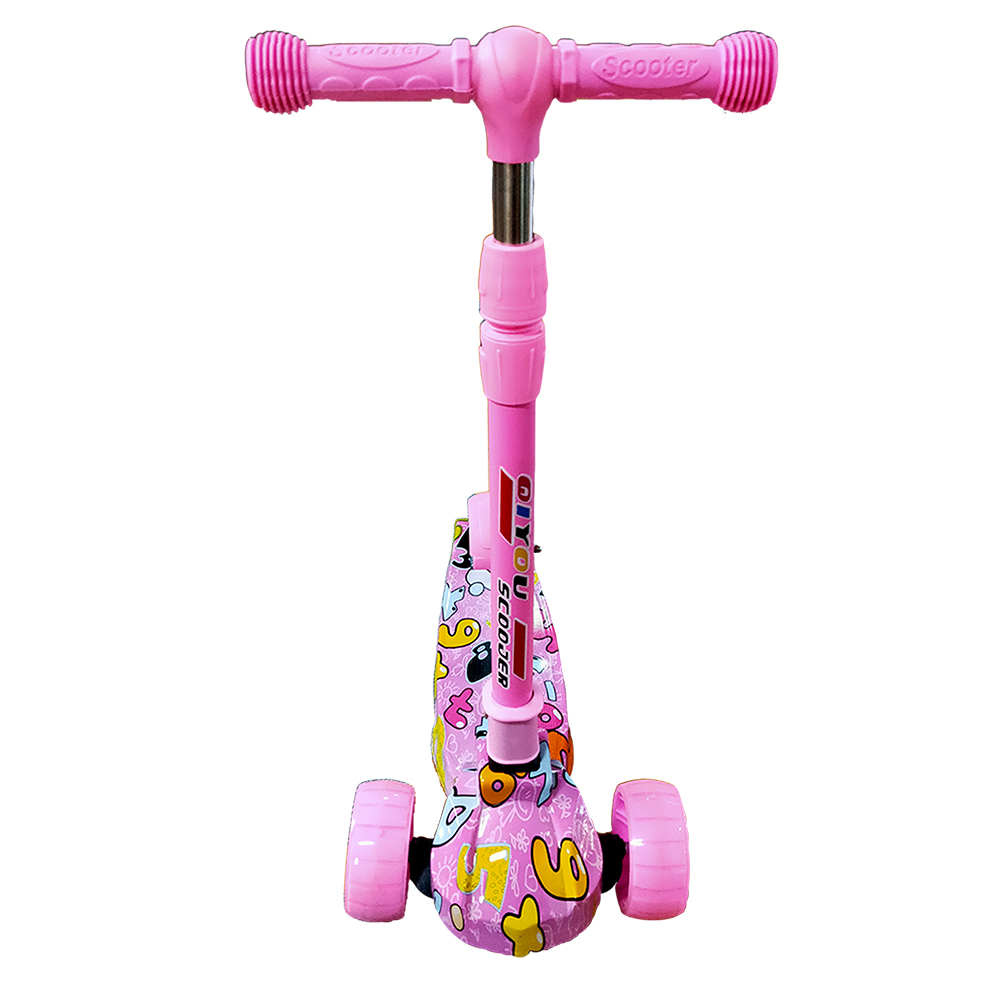 Scoot&RideKids Child Kick Push Scooter 3 Wheels with LED Flashing Tilt Lean Boys Girls Scooter
Scoot&RideKids Child Kick Push Scooter 3 Wheels with LED Flashing Tilt Lean Boys Girls Scooter




- 4
$33.17 -

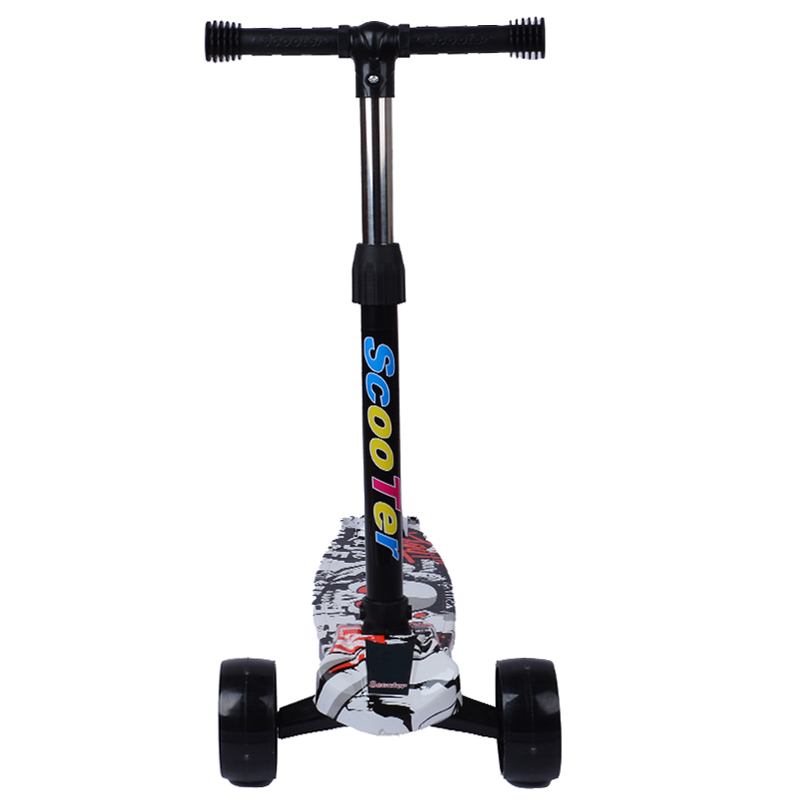 Scoot&RideKids Scooter Child Kick Flashing LED Light Up 3 Wheel Push Adjustable Folding 3
Scoot&RideKids Scooter Child Kick Flashing LED Light Up 3 Wheel Push Adjustable Folding 3- 0
$25.52 -

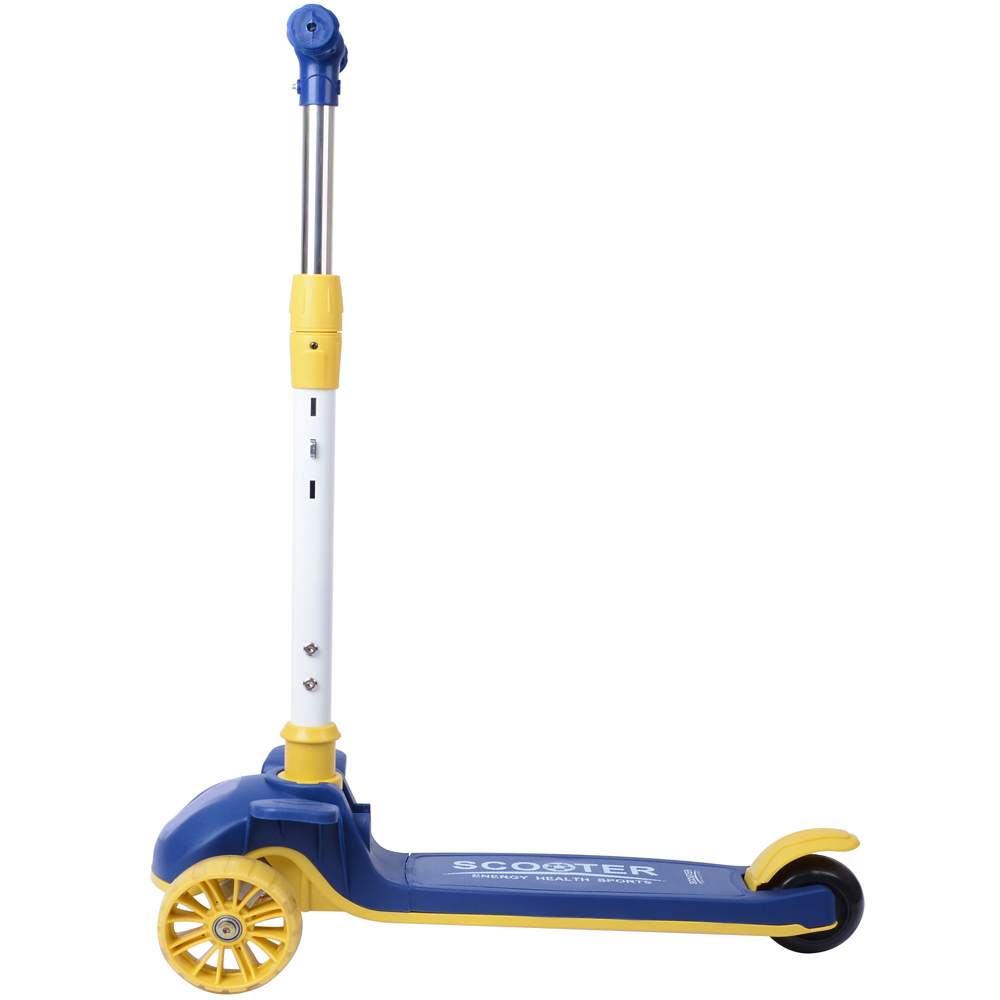 Scoot&RideKids Scooter Child Kick Flashing LED Light Up 3 Wheel Push Adjustable Folding 2
Scoot&RideKids Scooter Child Kick Flashing LED Light Up 3 Wheel Push Adjustable Folding 2- 0
$33.17 -

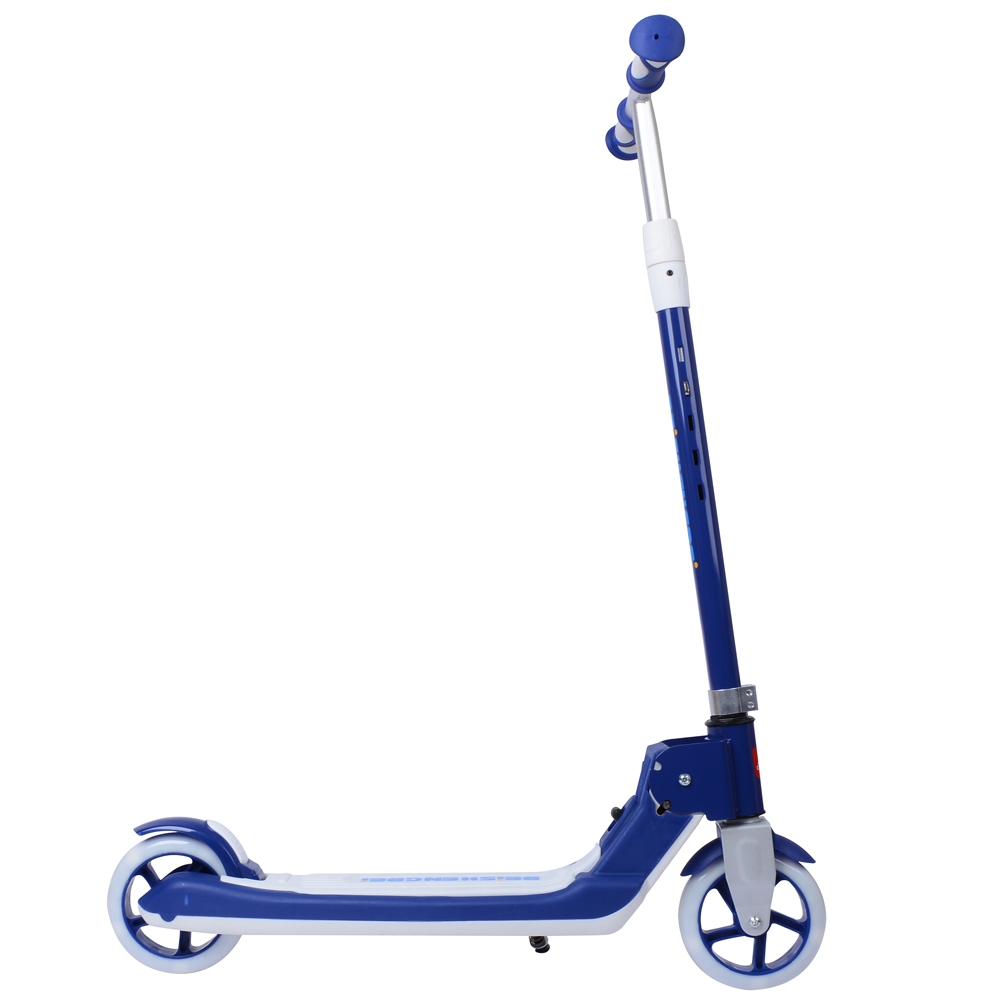 Scoot&RideKids Scooter Teens Foldable Kick Push Scooter Adjustable Height Safe 2 Wheels
Scoot&RideKids Scooter Teens Foldable Kick Push Scooter Adjustable Height Safe 2 Wheels




- 4
$49.99
Meet our partners and discover what powers their creativity!
When you register for a Lohas scooter, you will receive a 10% discount on your first order and can be notified of sales, new product launches and other offers in advance.









